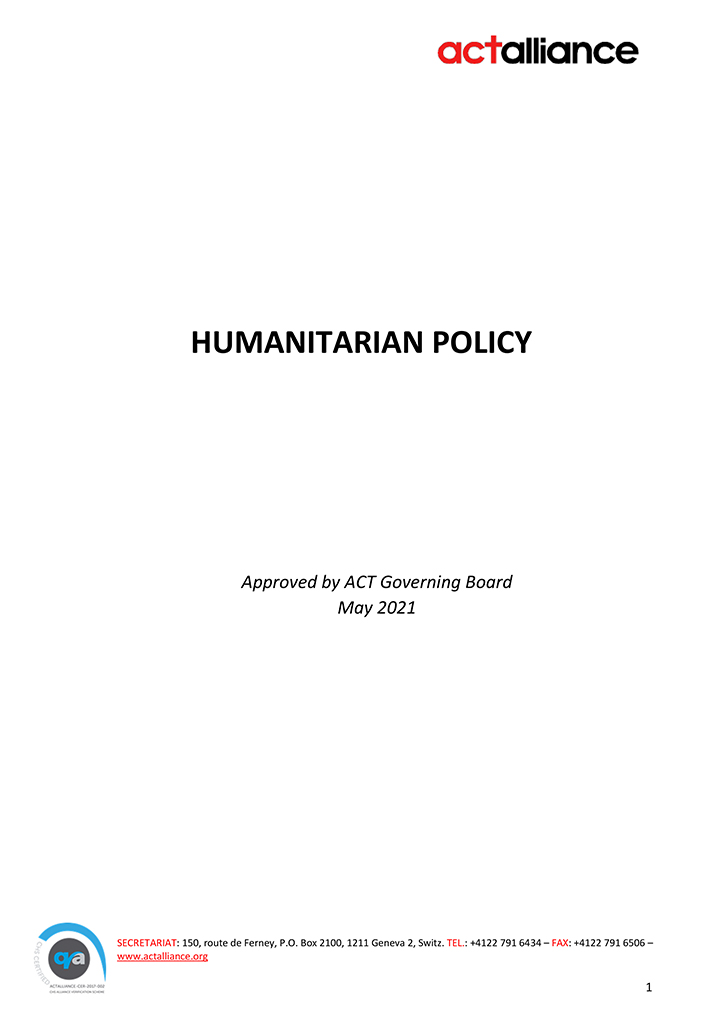On June 19, 2016 thousands of very dangerous and destructive Army Worms invaded towns and villages in the District of Zota in Bong County causing destruction of crops , contamination of drinking water and fleeing of residents. According to information gathered, 12 towns have been affected. In these towns and villages, people are unable to carry out their farming activities due to overwhelming presence of these worms; more specifically, people who have contact with the worms develop abscesses(skin sores). If nothing is done to contain the spread of these worms, it can be expected that food insecurity and malnutrition and skin related complications will result because affected towns and communities will not be able to carry out farming and suffer from skin sores.
The assessment team comprised of officers from County Health office, World Health Organization, Ministry of Agriculture and partners visited five (5) towns/communities of Kollieta (Zota Clan), Nyansue, Shankpallai, Larwai and Kolonta and saw Army Worms in mass on the leaves of several plants and destruction on crops belonging to farmers and on trees along the rivers/creeks thus contaminating the drinking water. Reports from farmers and local authorities of the communities not reached by the assessment team that include Managai, Bellelai, Killingai, Taota, Gbellai, Shiaka-ta and Bepahyea were also affected. In total, 4,323 and eleven (11) out of 16 communities are affected by Army Worm invasion.
ACT Liberia forum through the Lutheran Development Service and Lutheran Church in Liberia are planning to support response efforts through provision of low-impact insecticide spray, distribution of food and provision of safe drinking water to the affected population in the District of Zota in Bong County.
RRFs_06_2016_Army Worm Invasion in Liberia_RRF3














